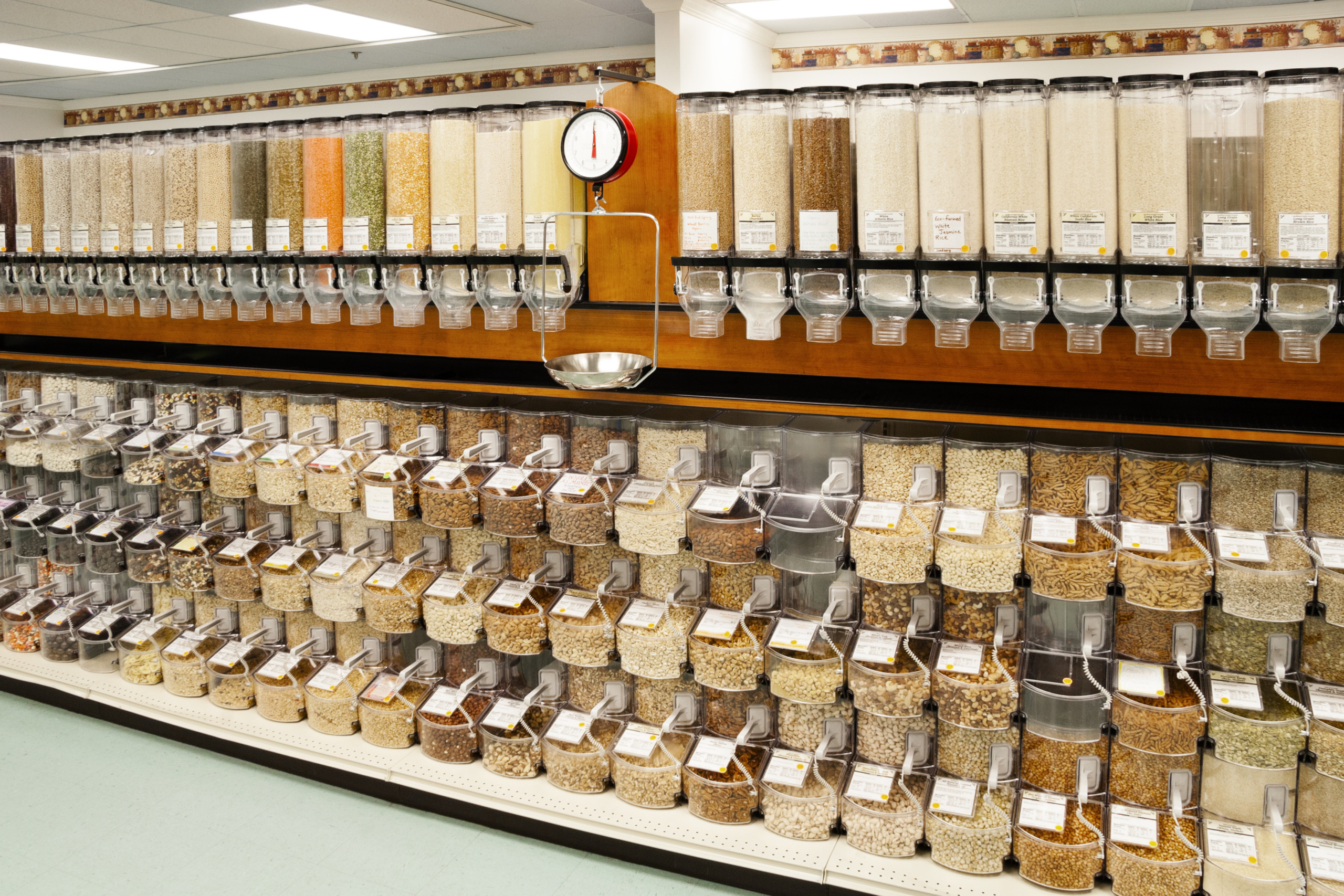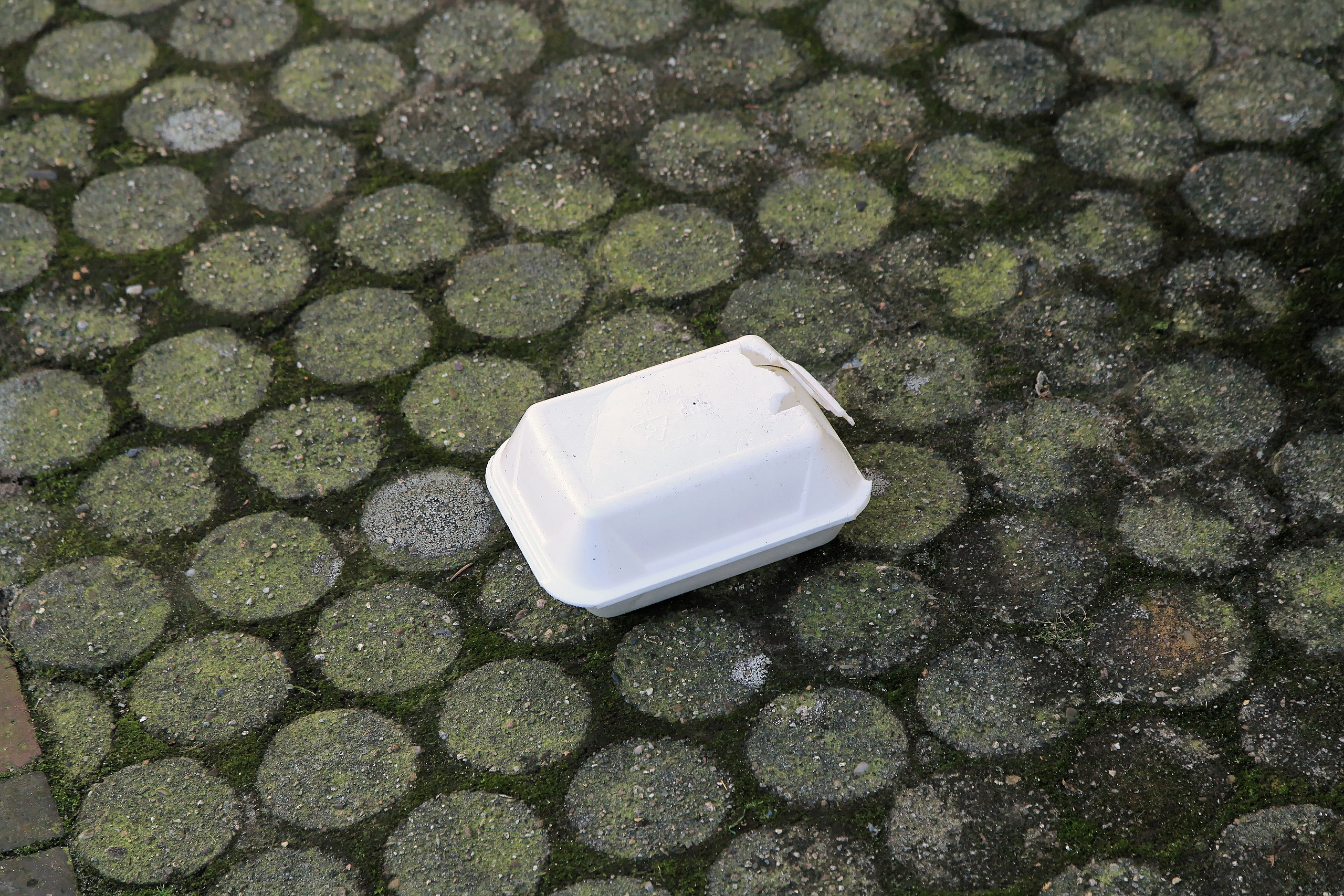
Plastic bag bans work
Well-designed single-use plastic bag bans have successfully reduced plastic bag use and associated litter and pollution. Use the Single-use Plastic Bag Ban Waste Reduction Calculator to estimate the impact where you live.
Downloads
Single-use plastic bags pollute communities with litter, degrade in the environment and harm marine life.
The good news is that states and cities with well-designed single-use plastic bag bans have successfully reduced plastic bag use and associated litter and pollution. Bans in five states and cities that cover more than 12 million people combined – New Jersey; Vermont; Philadelphia; Portland, Ore.; and Santa Barbara, Calif. – have cut single-use plastic bag consumption by about 6 billion bags per year. That’s enough bags to circle the earth 42 times.
Adopting a ban on single-use plastic bags that’s similar to those policies could be expected to eliminate roughly 300 single-use plastic bags per person per year, on average.
Download our new report, “Plastic Bag Bans Work,” for more details on how bans on single-use plastic bags are reducing waste and litter around the country. Our Single-use Plastic Bag Ban Waste Reduction Calculator uses the number of bags saved by the typical bag ban to estimate the number of bags that would be eliminated in cities and states with similar bans.
If you live in a place that already has a bag ban, estimate the impact a typical bag ban would have each year. If your city or state doesn’t have a ban, estimate the impact a typical bag ban could have.
What is the problem with single-use plastic bags?
Single-use plastic bags are common sights at supermarkets, convenience stores and shopping centers … and along the roadsides, rivers and coastal areas where many end up after being discarded. Single-use plastic bags aren’t just unsightly; they can also be deadly to sea life and harmful to our health. Littered plastic bags and films (like packaging) are frequently ingested by marine animals and cause more sea turtle and cetacean (whales, dolphins and porpoises) deaths than any other type of plastic. The production, use and disposal of single-use plastic bags also releases water and air pollution that harms our health. Plastic bags are not biodegradable, so they can continue to pollute the environment with harmful microplastics for hundreds of years after use.
How many U.S. states and cities have banned plastic bags?
Ten states – California, Connecticut, Delaware, Hawaii, Maine, New Jersey, New York, Oregon, Vermont and Washington – had some form of statewide ban on single-use plastic bags as of 2023 and bans in Colorado and Rhode Island went into effect on the first day of 2024.
As of 2021, more than 500 cities and towns across 28 states had a plastic bag ordinance in effect.
Do plastic bag bans keep bag litter out of our parks, streams and coastal areas?
Nonprofits, government agencies and others have found that plastic bag bans successfully reduced plastic bag litter by at least one-third, with far greater litter reductions in some jurisdictions. Such reductions, particularly in coastal areas, likely reduce the risk plastic bags pose to marine animals.
How do shoppers adapt to bans on single-use plastic bags?
Well-designed plastic bag bans encourage shoppers to bring reusable bags or hand-carry what they buy – both sustainable options that minimize waste. For example, in San Mateo County, Calif., the proportion of customers with at least one reusable bag at 13 surveyed retailers increased 162% after the county’s ban was implemented, and in Mountain View, Calif., the proportion of customers using no bag nearly tripled once a ban was imposed.
Most areas with bag bans allow stores to distribute paper bags, providing a fallback if customers forget to bring reusable bags. Paper bags are biodegradable and widely recyclable, making them preferable to plastic bags, but using new paper bags for every grocery trip is more wasteful than bringing the same set of reusable bags each time.
What’s up with those thick “reusable” plastic bags at checkout?
Some plastic bag bans include loopholes that allow thicker, so-called “reusable” plastic bags to be distributed at checkout counters under the assumption that they will be reused. While these thicker plastic bags may be more durable than single-use ones, many customers are still treating them as single-use, creating a lot of plastic waste.
For example, because of the loophole in California’s bag ban allowing the use of thicker plastic bags, the amount of plastic bags discarded per person (by weight) actually increased in the years after the implementation of the ban.
Nevertheless, California’s ban reduced plastic bag consumption significantly and led to a decline in the share of plastic bags in litter gathered in coastal cleanups across the state. To maximize the effectiveness of plastic bag bans, policymakers should close existing loopholes that allow shops to sell thicker plastic bags and refuse to include such loopholes in future bans.
I’ve heard paper bags are a problem, too. How can states and cities that adopt bag bans minimize a subsequent increase in paper bag use?
Some plastic bag bans include a small fee on paper bags offered at checkout to discourage customers from switching from plastic bags to paper bags. For example, a study in Mountain View, Calif., whose ordinance included a minimum 10-cent fee on paper bags at the time, observed a 67% decline in the proportion of customers using a paper bag after the ban was implemented.
How should policymakers design future plastic bag bans?
To reduce the plastic pollution that threatens our health and our environment, policymakers should adopt strong bans on single-use plastic bags to minimize plastic waste and should close loopholes that weaken the effectiveness of existing bans.
- Grocery stores, restaurants and retail shops should not be permitted to distribute plastic film bags of any thickness at checkout. However, those establishments should be permitted and even encouraged to distribute genuinely reusable bags for a suitable fee that prevents them from being treated as single-use bags.
- Stores should be required to charge a fee of at least 10 cents for single-use paper bags.
- Local and state governments should conduct regular enforcement to ensure compliance.
Topics
Authors
Celeste Meiffren-Swango
State Director, Environment Oregon Research & Policy Center
As director of Environment Oregon, Celeste develops and runs campaigns to win real results for Oregon's environment. She has worked on issues ranging from preventing plastic pollution, stopping global warming, defending clean water, and protecting our beautiful places. Celeste's organizing has helped to reduce kids' exposure to lead in drinking water at childcare facilities in Oregon, encourage transportation electrification, ban single-use plastic grocery bags, defend our bedrock environmental laws and more. She is also the author of the children's book, Myrtle the Turtle, empowering kids to prevent plastic pollution. Celeste lives in Portland, Ore., with her husband and two daughters, where they frequently enjoy the bounty of Oregon's natural beauty.
Jenn Engstrom
State Director, CALPIRG Education Fund
Jenn directs CALPIRG’s advocacy efforts, and is a leading voice in Sacramento and across the state on protecting public health, consumer protections and defending our democracy. Jenn has served on the CALPIRG board for the past two years before stepping into her current role. Most recently, as the deputy national director for the Student PIRGs, she helped run our national effort to mobilize hundreds of thousands of students to vote. She led CALPIRG’s organizing team for years and managed our citizen outreach offices across the state, running campaigns to ban single-use plastic bags, stop the overuse of antibiotics, and go 100% renewable energy. Jenn lives in Los Angeles, where she enjoys spending time at the beach and visiting the many amazing restaurants in her city.
Louis Sokolow
Former Policy Associate, Frontier Group
Find Out More

Refill, Return, Reimagine: Innovative Solutions to Reduce Wasteful Packaging

The high cost of fast fashion

Fact file: Polystyrene foam bans reduce litter and protect wildlife



